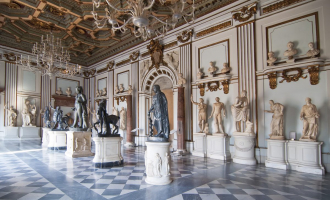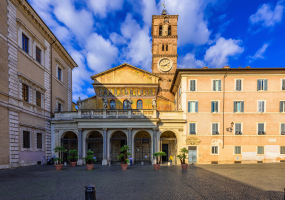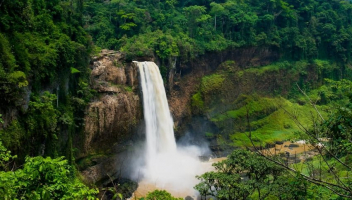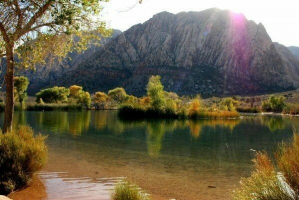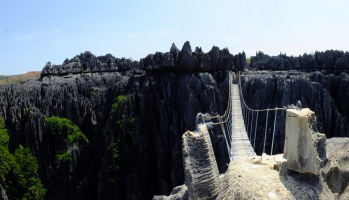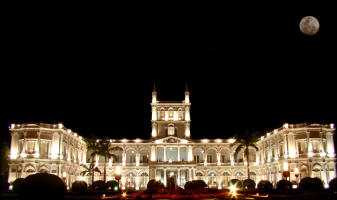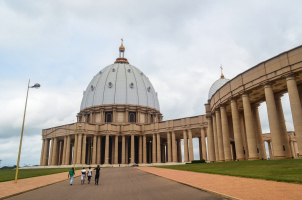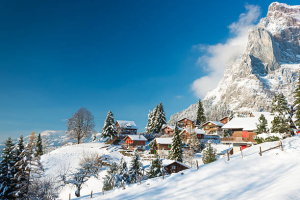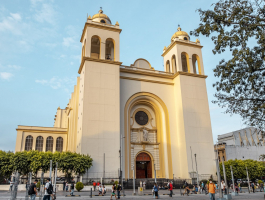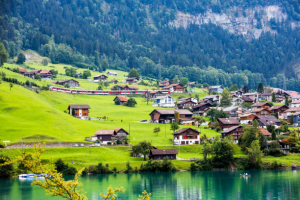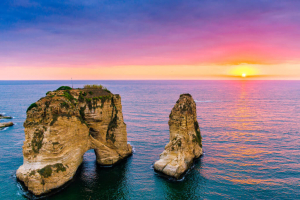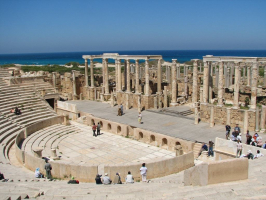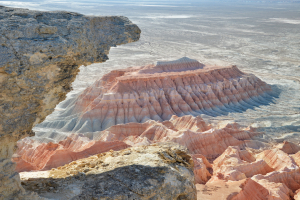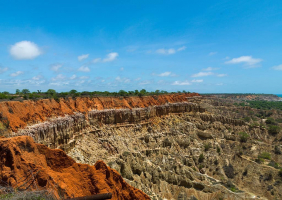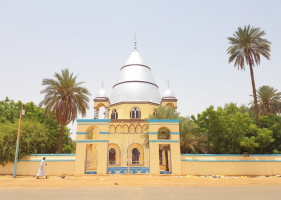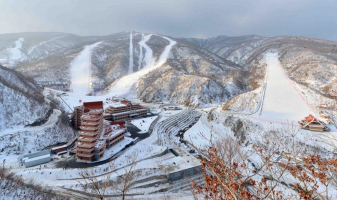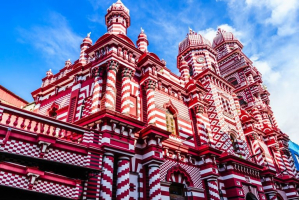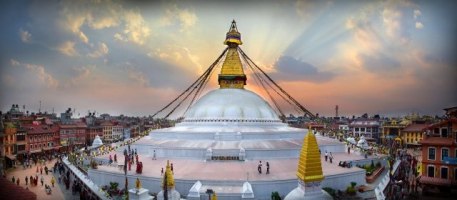Top 10 Best Places to Visit in Rome
Rome is so vast that you can be overwhelmed, so even the most dedicated of visitors should take some time to relax and enjoy a la dolce vita in a park or ... read more...sidewalk cafe. It's difficult to know where to start in a city that is so rich in monuments to Christian and ancient culture. Of course, your interests will determine your choices, but some locations, like the Colosseum and the Pantheon, are virtually required landmarks of Italy and top tourist destinations worldwide. And mix in a few less important but nonetheless iconic tourist destinations, like the Trevi Fountain and the Spanish Steps, where everyone goes to throw coins. Let's take a look at the list of the best places to visit in Rome.
-
One of Rome's largest parks, the Borghese Gardens contain a number of attractions that include two museums, the most prominent of which is the Villa Borghese. The Galleria Borghese contains one of the largest private art collections in the world of cardinal Scipione Borghese. It holds many pieces of paintings, sculptures and other antiquities from his collection. Paintings by Titian, sculptures by Bernini, and the National Museum of Musical Instruments can be seen here.
The Borghese Gardens is an English-style landscape garden, with walking paths and ponds where you can rent row boats. You can also rent bikes or a surrey to explore the park. There is a good zoo, Bioparco di Roma, with naturalized enclosures and a miniature trail connecting its various sections. A number of its attractions will appeal to children, including playgrounds, weekend pony rides, and occasional puppet shows. Borghese Gardens is now the largest park in Rome and a perfect place to get away from the bustle of the city.
Location: Rome, Italy
Website: https://borghese.gallery/
Hour: Open all hours
Google Rating: 4.9/5
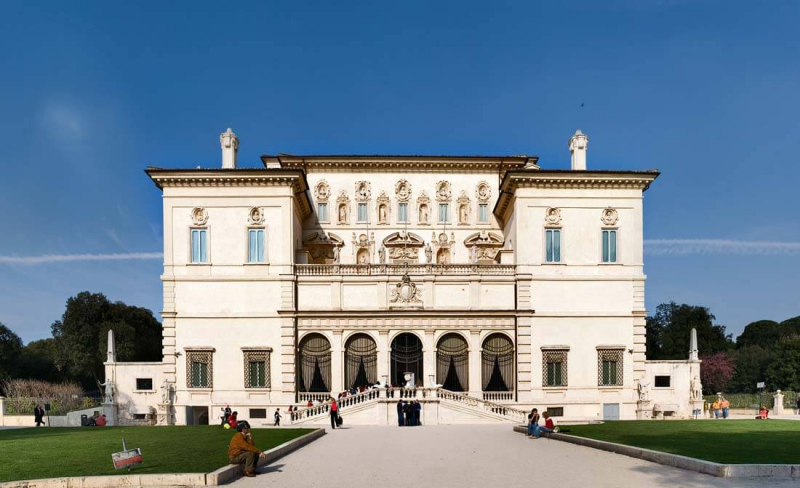
theculturetrip.com 
theculturetrip.com -
One of the best maintained buildings from Roman times is the Pantheon. The place was rebuilt after damage by fire in AD 80, and the resulting brickwork shows the extraordinarily high technical mastery of Roman builders. Although the first Christian emperors forbade using this pagan temple for worship, in 609 Pope Boniface IV dedicated it to the Virgin and all the Christian martyrs, and since then, Pantheon has become the burial place of Italian kings and other famous Italians, including the painter.
The harmonious effect of the interior is a result of its proportions: the height is the same as the diameter. Eight graceful granite Corinthian columns extend across the front of this circular building, with lesser columns in back. Though it is 2,000 years old, the Pantheon’s famous dome remains the world’s largest unreinforced concrete dome. In addition to being a source of light, this ‘oculus’ was a deliberate addition to Hadrian's design to let the visitors of the temple be in direct contact with the heavens.In Pantheon, the total dome has a diameter of 44.4 metres and is the largest unreinforced concrete dome in the world. The diameter is noteworthy as it is the same as the height from the floor to the oculus. At the edges, the dome is over seven metres thick, made of heavy types of rock. Near the oculus, the thickness of the dome is only 1.2 metres, made mostly of light pumice. During your city break in Rome, you can visit the Pantheon for free.
Location: Piazza della Rotonda, Rome, Italy
Website: https://www.pantheonroma.com/home-eng/
Tel: 39 06 6830 0230
Hour: 09:00 AM - 18:45 PM
Google Rating: 4.8/5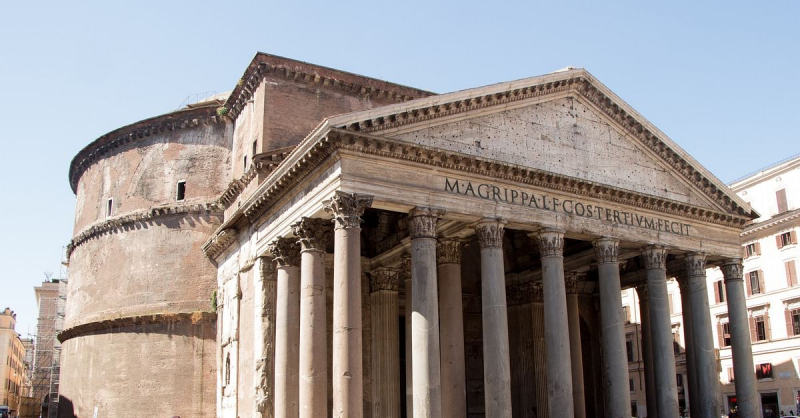
tripsavvy.com 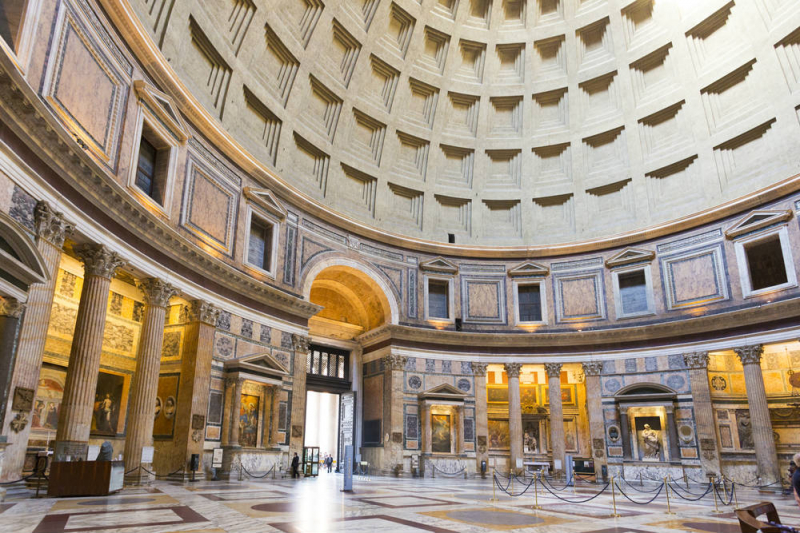
tripsavvy.com -
Trevi Fountain is one of the best places to visit in Rome. The fountain was created for Pope Clement XII between 1732 and 1751 by Nicolò Salvi, and built against the rear wall of the palace of the Dukes of Poli. The location of the Trevi Fountain marks the terminus of the ancient Aqua Virgo aqueduct and is so named on account of its position at the junction of three roads. The fountain was the setting for an iconic scene in Fellini’s film Dolce Vita starring Anita Ekberg and Marcello Mastroianni.
Since than, Trevi Fountain has become one of the most popular tourist attractions in Rome. The legend says that one who throws a coin in the fountain shall one day return to Rome. It depicts the sea god Oceanus, with horses, tritons, and shells. The water swirls around the figures and the artificial rocks, and collects in a large basin, always filled with coins. The landmark and monument displays the god of the sea, Neptune on his chariot. No visit or Rome sightseeing is complete without tossing a coin in the Trevi Fountain, as this means the person throwing the coin will ‘one day return to Rome Italy’.
Location: Piazza della Rotonda, Rome, Italy
Website: https://www.turismoroma.it/it/node/1286
Tel: 39 06 0608
Hour: Open all hours
Google Rating: 4.8/5
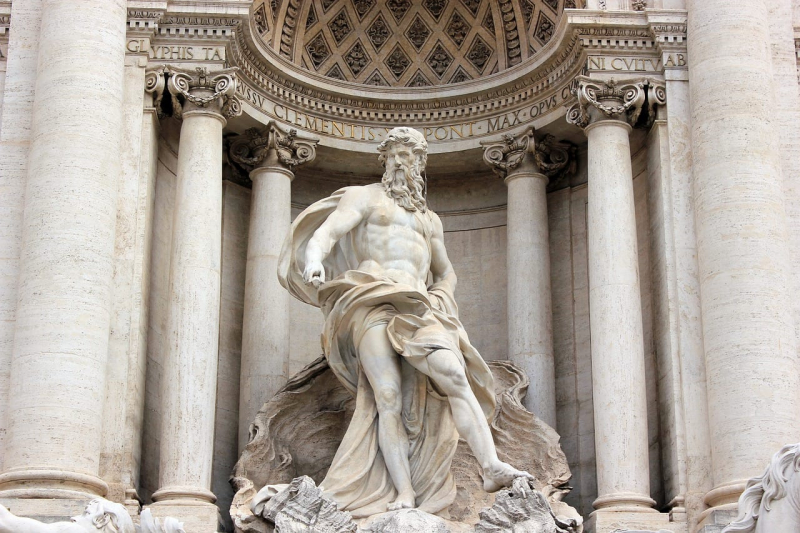
flickr.com 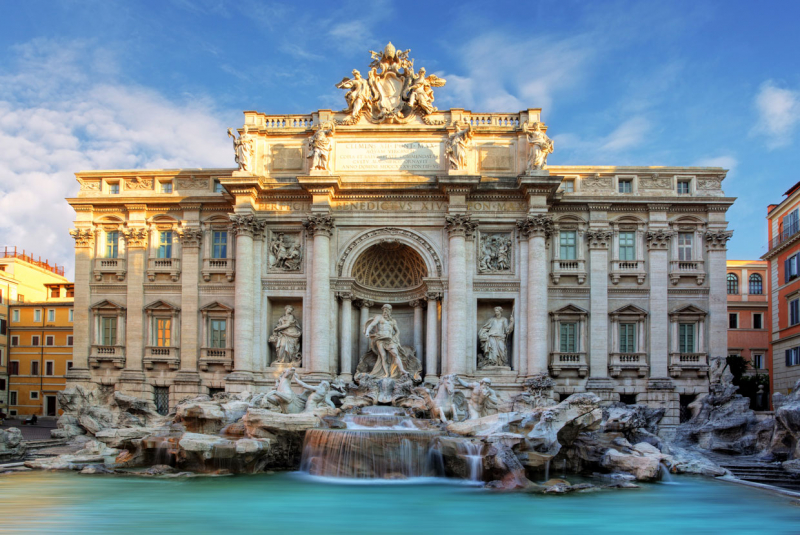
flickr.com -
The National Monument of Victor Emmanuel II is a remarkably large building made of white marble. It was designed by Giuseppe Sacconi in 1885 and completed in 1925. There are two permanent museums, one on Italian Reunification and one on emigration from Italy, as well as other spaces that host rotating exhibitions. It is situated between the Capitoline Hill and Piazza Venezia and features some statues, columns, and grand stairways.
The base of the Monument to Victor Emanuel II also harbors the Museum of Italian Reunification. This can be accessed by going up. If you still are at the top, do not forget to enjoy the beautiful panoramic view of Rome from the monument's terrace. You will realize that, even though the whole structure is full of intricate details, it is also marked by symbolism, such as the palm tree (which symbolizes victory), laurel (for peace), oak (for strength), olive (for harmony), and myrtle (for sacrifice).
Although hurled with numerous criticisms as to its architectural finish, the National Monument remains a popular spot for sightseers. For some, the structure is similar to a wedding cake, because of its wide stairways. Others would see it as a typewriter because of its odd and huge shape. The opening of the National Monument as a public place created accessibility that made it very popular among Italians and now even tourists from other nations.
Location: Piazza Venezia, Rome, Italy
Website: https://vive.cultura.gov.it/it/altare-della-patria
Tel: 39 06 0608
Hour: Open all hours
Google Rating: 4.8/5
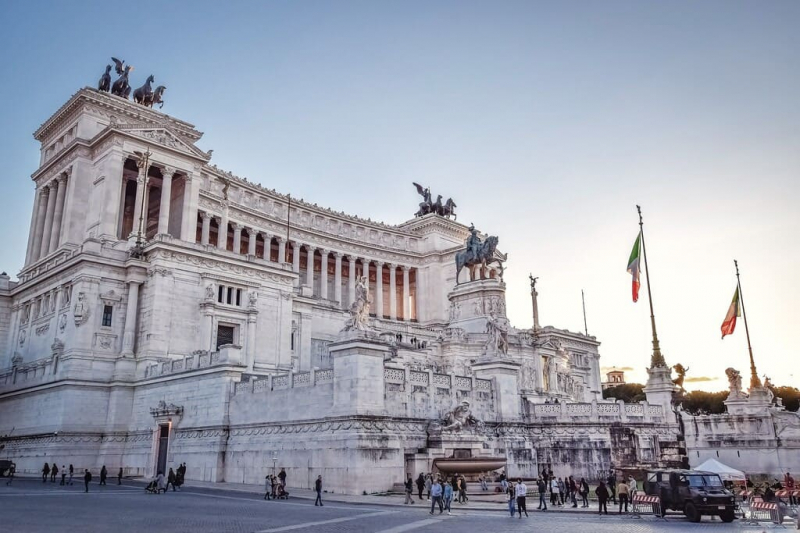
theculturetrip.com 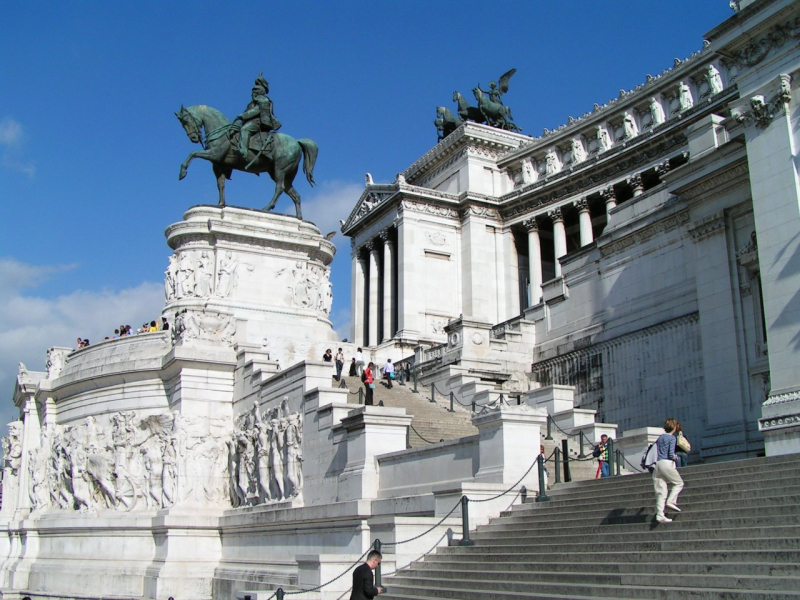
theculturetrip.com -
Piazza Navona is one of the most beautiful and famous squares in the centre of Rome. In 86 CE, emperor Domitian commissioned this square with its unique, elongated shape. This shape is the result of its original function as the stadium for athletics competitions with stands for 20,000 spectators. Pope Innocent even organised so-called ‘water games’ during the hot summer months, for which the whole square was put under water. After the fall of the Roman Empire, houses were built where the stands used to be, but the long athletics field remained free of buildings and would later become Piazza Navona.
In addition to this fountain, the square also has two smaller fountains by Giacomo della Porta, an apprentice of Michelangelo. Several excavations were made five metres below street level of the original Stadio di Domiziano; you can visit these excavations at the Piazza Navona. The museum is open from Tuesday to Sunday from 10:00 to 19:00 and a ticket costs 8 €. Nowadays, Piazza Navona has become a vibrant square with countless cafés, terraces, and street performers and portrait artists.Location: Piazza Navona, Rome, Italy
Website: https://www.turismoroma.it/it/luoghi/piazza-navona
Hour: Open all hours
Google Rating: 4.7/5
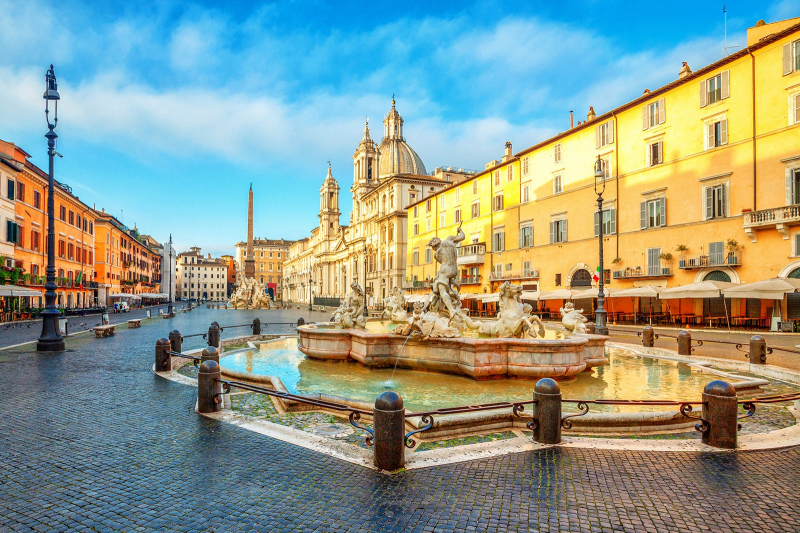
theculturetrip.com 
theculturetrip.com -
Strategically set 50 meters above the Tiber, the Palatine Hill shows evidence of Rome's earliest settlement: rock-cuttings found in front of the Temple of Cybele show human activity as long ago as the ninth century BC. Later, this was the site chosen by the emperors and great aristocratic families for their palaces. Palatine Hill, one of the Seven Hills of Rome, has links to Roman mythology, as it was here a wolf allegedly found the twin boys Romulus and Remus, and cared for them until a shepherd rescued them.
Even if this legend is not true, Palatine Hill is still the place where Rome was founded. Walking on the southern and western slopes of the hill, you’ll travel across the Severian Arches, passing by the residences of the emperors, reaching the site where Romulus founded the city and where Augustus, the first Roman emperor, lived all his life. From here, you can continue among remains of temples, up to the entrance of the Roman Forum. Palatine Hill won’t be just a sightseeing experience, but also an unexpected “nature walk”, as the area is beautifully immersed in bushes and trees.
Location: Piazza Venezia, Rome, Italy
Website: https://www.romesightseeing.net/palatine-hill/
Hour: Open all hours
Google Rating: 4.7/5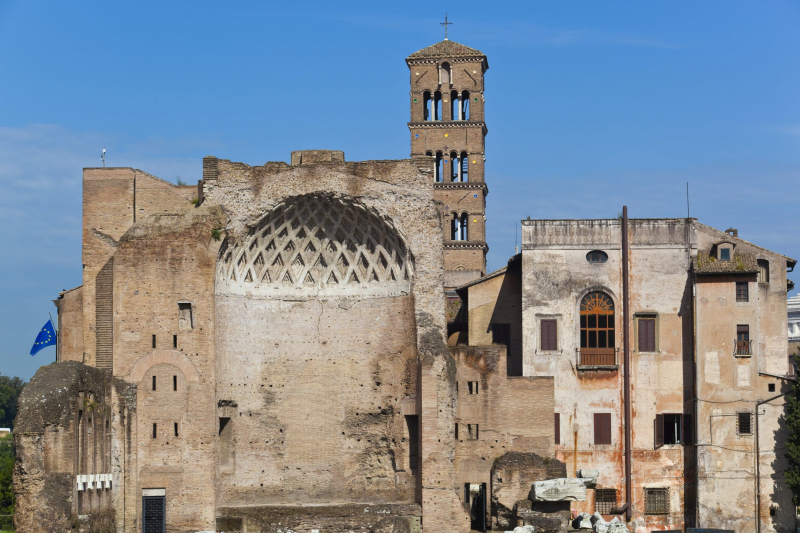
freepik.com 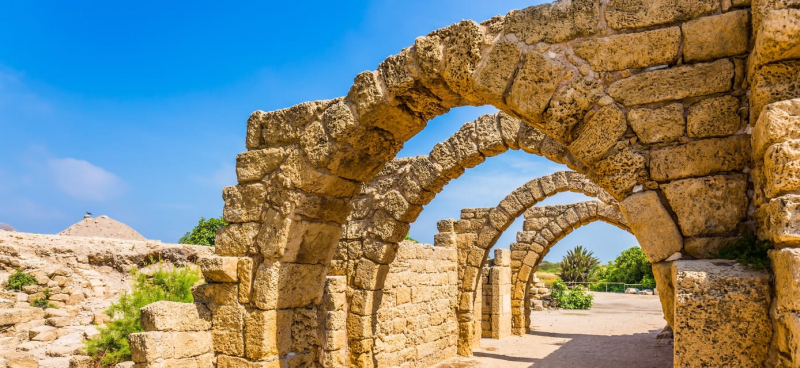
freepik.com -
During your visit, you walk by the many ruins of the Forum Romanum. Unfortunately, many buildings were damaged by earthquakes and plundering after the 7th century, but also by construction of palaces and churches such as St. Peter’s Basilica. Examples are the round Temple of Vesta, the Temple of Saturn, the basilica of Maxentius, and the official residences of the pontifex maximus, the arch of Septimus Severus and the rex sacrorum.
You will also see the remains of arches, the speaker's platform, market halls and much more in Forum Romanum. Although what survives of this center of Roman life and government shows only a small fraction of its original splendor, its triumphal arches, and remains of its walls still impress, especially when you consider that for centuries. Stones in Forum Romanum were quarried for other buildings and it was not until the 18th and 19th centuries that systematic excavations brought the ancient buildings to light from under a 10-meter layer of earth and rubble.
Location: Via della Salara Vecchia, Rome, Italy
Website: https://romesite.com/roman-forum.html
Tel: 39 06 3996 7700
Hour: 09:00 AM - 18:30 PM
Google Rating: 4.7/5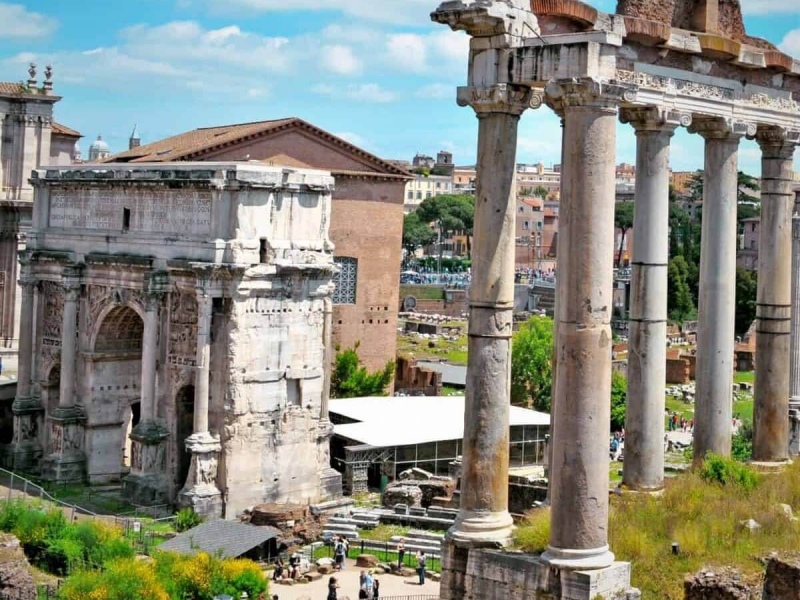
budowle.pl 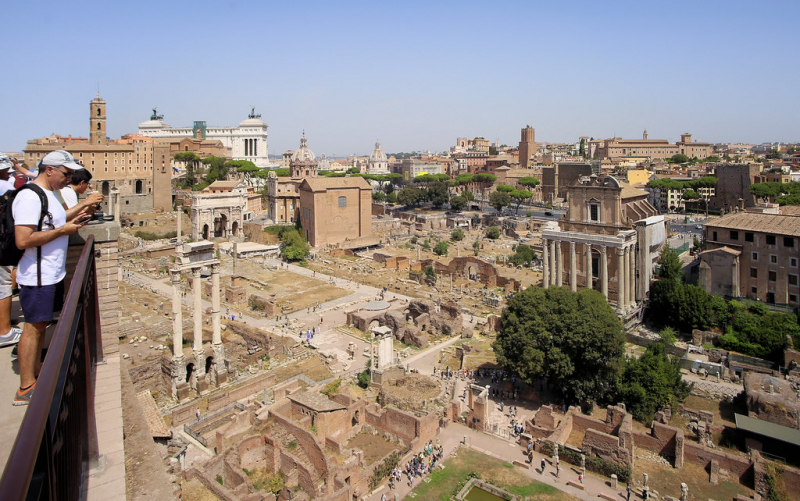
budowle.pl -
The Colosseum is one of Rome's main tourist attractions. Its construction was started by emperor Vespasian of the Flavian dynasty in 72 AD and was finished by his son Titus in 80 AD. The Colosseum was about 500 metres in circumference, could seat over 50,000 people – some scholars estimate capacity crowds numbered as many as 87,000 – and could be filled or emptied in ten minutes through a network of vomitoria that remains the basic model for stadium design today.
In the giant ‘ruins’ of the Colosseum, you can visit the stands, the arena and the underground spaces of the largest Roman amphitheatre. In the Colosseum, if costly, highly trained professional gladiators were often spared at the end of their bloody bouts, not so the slaves, criminals and assorted unfortunates roped in to do battle against them.
And just to make sure there was no cheating, when the combat was over, corpses were prodded with red- hot pokers to ensure no one tried to elude fate by playing dead. Animals fought animals; people fought animals. By the time wild animal shows were finally banned in AD 523, the animal population of North Africa and Arabia was severely depleted.
Location: Piazza del Colosseo, Rome, Italy
Website: https://www.rome.net/colosseum
Tel: 39 06 3996 7700
Hour: 9:30 AM - 16:30 PM
Google Rating: 4.7/5
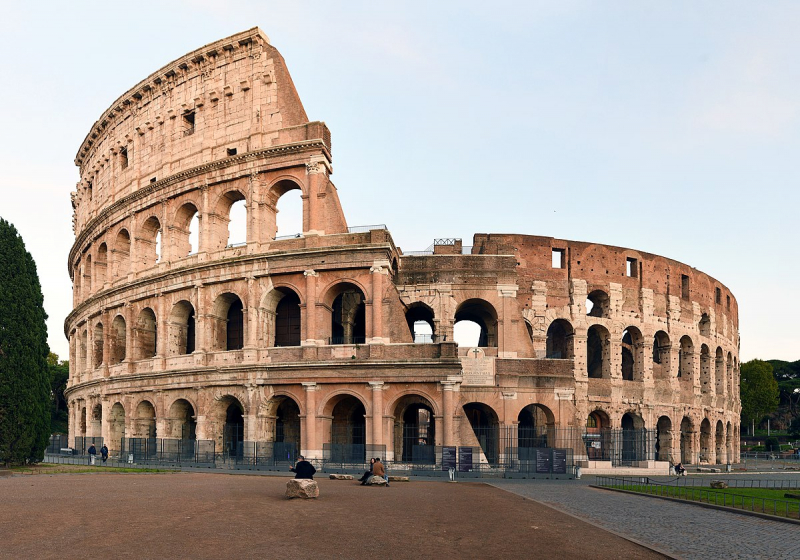
wikipedia.org 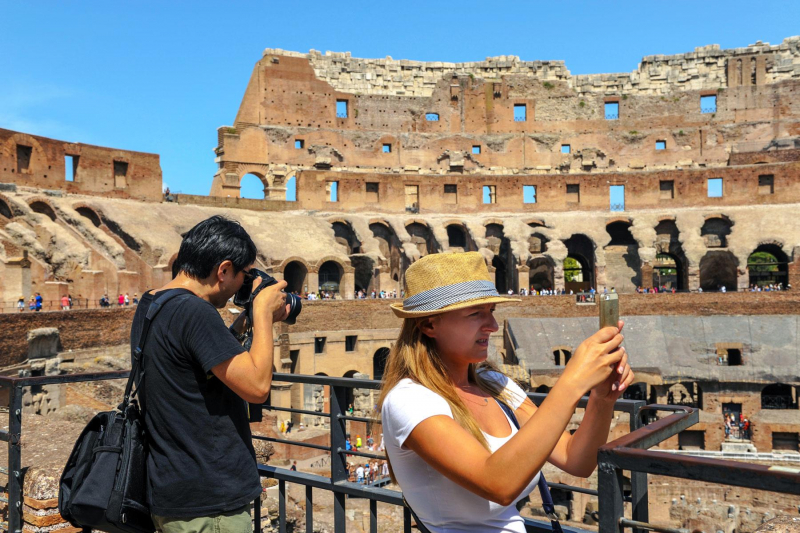
wikipedia.org -
The center of the Catholic world and a major tourist attraction, the Basilica of St. Peter is a huge church: with an interior height of 120 meter, the space shuttle, together with its booster rockets, could fit inside, as could the Statue of Liberty. Construction on the current building began in 1506 and was completed in 1615.
Here you can buy tickets for the dome. You can choose to walk all the steps, or go part of the way with a lift for an additional 2 euros. St. Peter's Basilica was built according to tradition above the burial site of St. Peter, one of the twelve disciples of Jesus and the first Bishop of Rome. Today, the church serves as a symbol of Rennaissance architecture, it is a papal basilica and not a cathedral.
The Arch Basilica of St. John Lateran is actually the cathedral church of Rome. The buildings around the elliptical shape symbolise the church's arms, welcoming the faithful into the Kingdom of Heaven. At noon, the pope will give his blessing from the window of his study. Come here and enjoy an interesting trip !
Location: Rome, Italy
Website: https://www.vatican.va/various/basiliche/san_pietro/index_it.htm
Tel: 39 06 6982
Hour: Open all hours
Google Rating: 4.6/5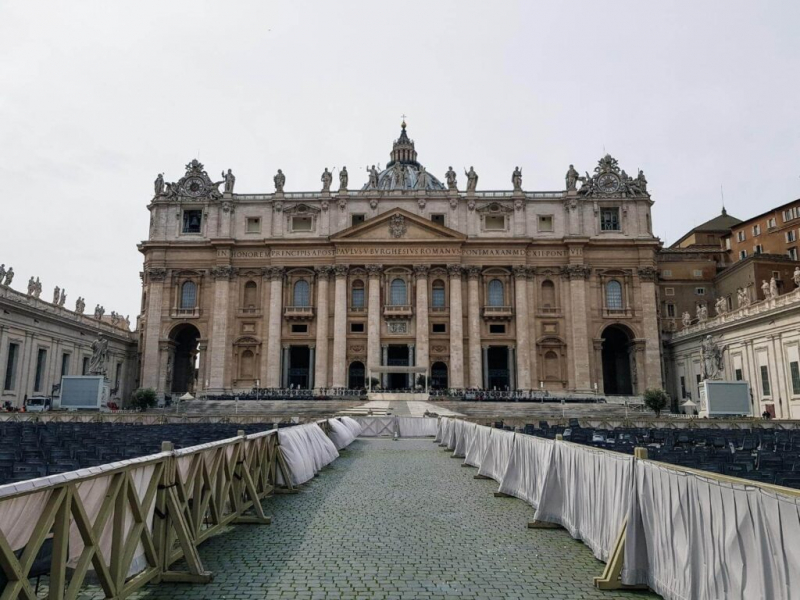
flickr.com 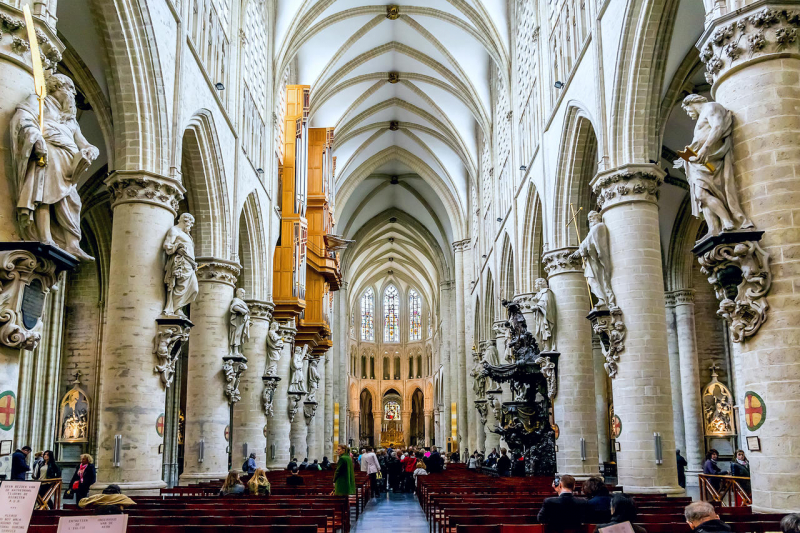
flickr.com -
The Spanish Steps in Rome was built in Rococo style between 1723 and 1726. There are 135 steps and three different terraces, referring to the Holy Trinity (the Trinità). The top of the stairs near the Egyptian obelisk offers a beautiful view, albeit one shared with throngs of other tourists. The name can be a bit confusing, as construction of the Spanish Steps was actually commissioned by the French.
In Spanish Steps, you'll see one area so filled with things to do that it's hard to read the street names. This is the Centro Storico, the historic center of Rome, with so many art-filled churches, and lively squares that you could spend your whole vacation strolling its ancient streets and lanes. You can pause at the Spanish Steps, the flight of irregular stairs and landings that lead up to the church of Trinità. The stairs take their name from Piazza di Spagna, the plaza at their base and one of Rome's most typical squares.
Location: Piazza di Spagna, Rome, Italy
Website: https://romesite.com/spanish-steps.html
Hour: Open all hours
Google Rating: 4.5/5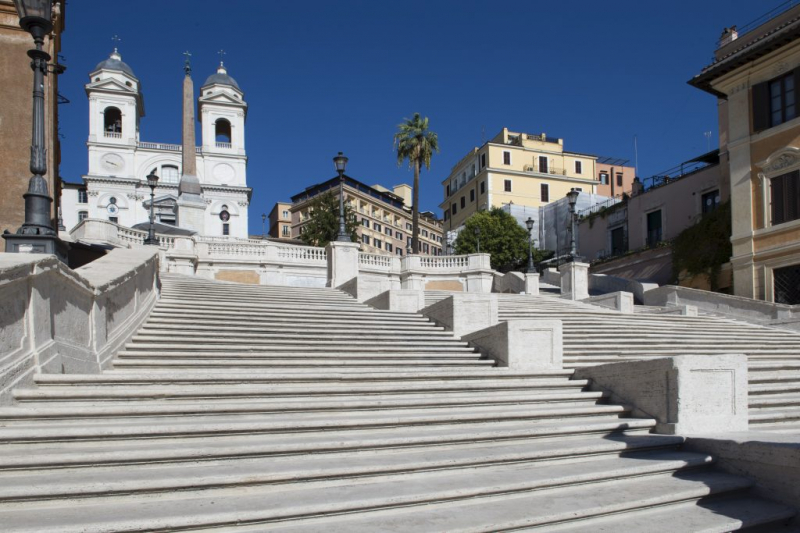
flickr.com 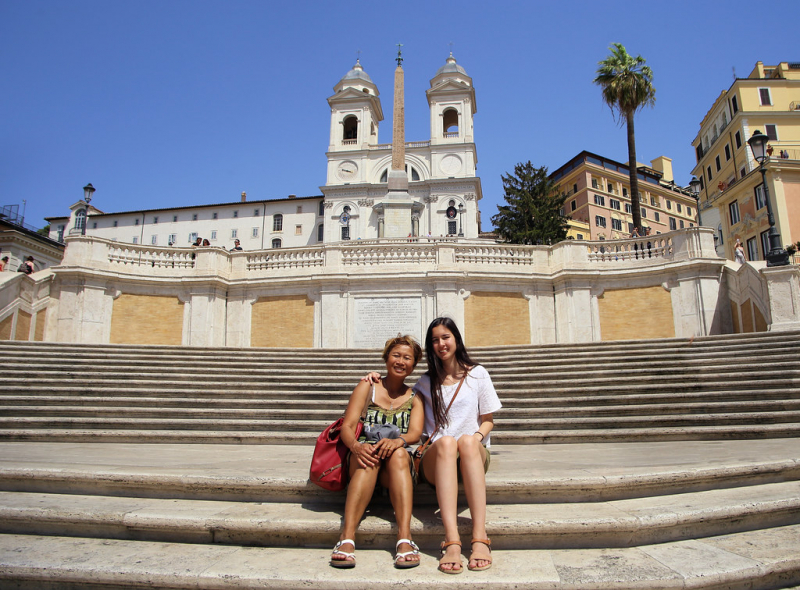
flickr.com












